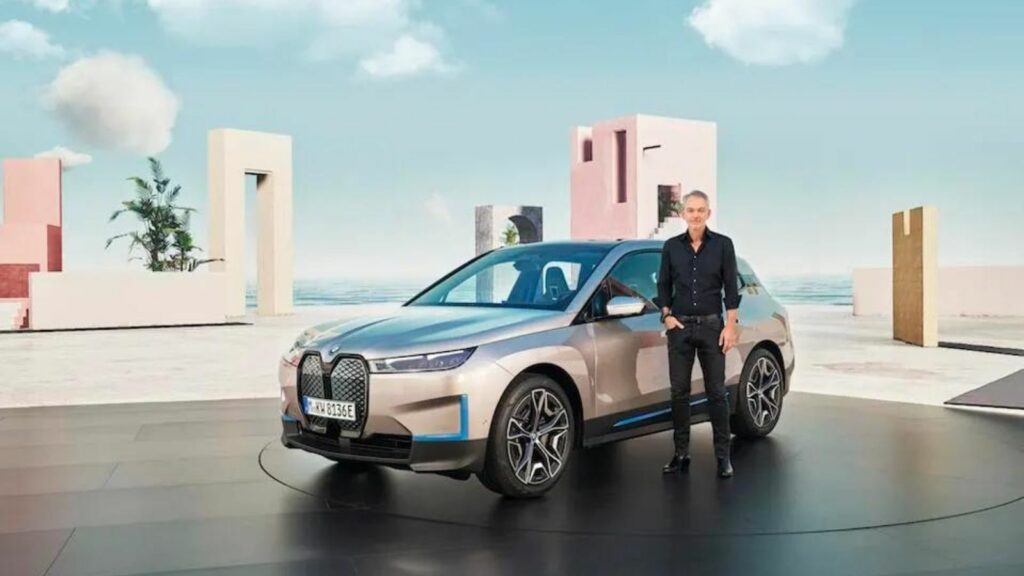The demand for sustainable energy solutions from developed and developing nations has driven the adoption of alternative vehicle energy sources. Consequently, electric and solar-powered vehicles have gained popularity, aiming to create a cleaner future. This article explores ten leading solar-powered vehicle models at the forefront of the green revolution.
Lightyear One
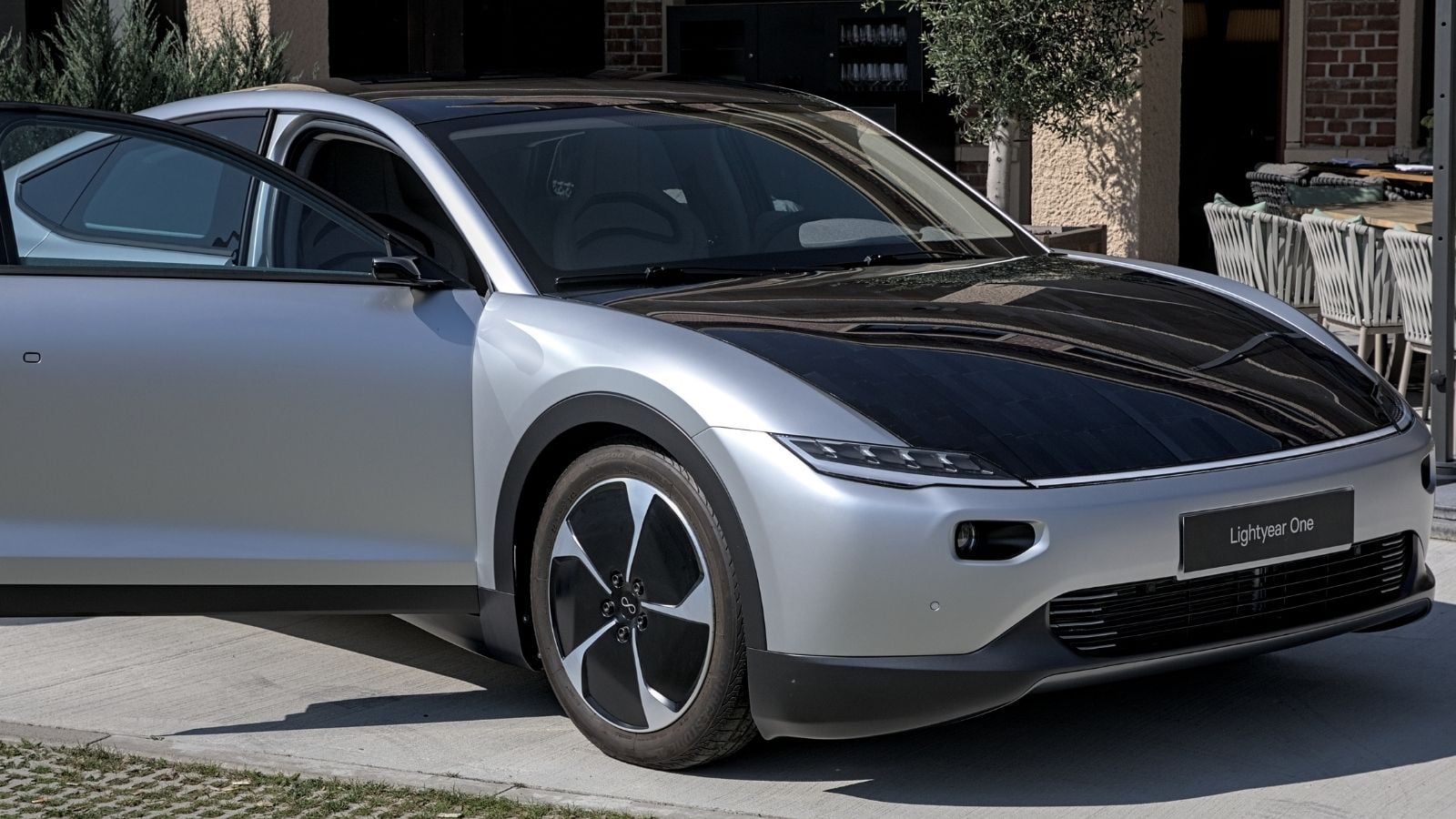
The Lightyear One is a project by the Dutch company Lightyear. It is one of the most talked-about solar-powered cars in the market. It has a sleek sedan design that combines high efficiency with cutting-edge solar technology. It can go up to 450 miles on a full charge and generate up to 45 miles per day from its solar panels alone. Its design supports aerodynamics and is made of lightweight structures that maximize its energy efficiency.
Aptera Solar Electric Vehicle

The Aptera SEV was developed by Aptera Motors and is surprisingly a three-wheeled marvel that stands out for its uniqueness. This vehicle is engineered to be ultra-lightweight, resulting in a range of up to 1,000 miles on a single charge. The integrated solar panels provide enough power to cover up to 40 miles per day, ideal for most daily commutes without plugging in.
Sono Sion
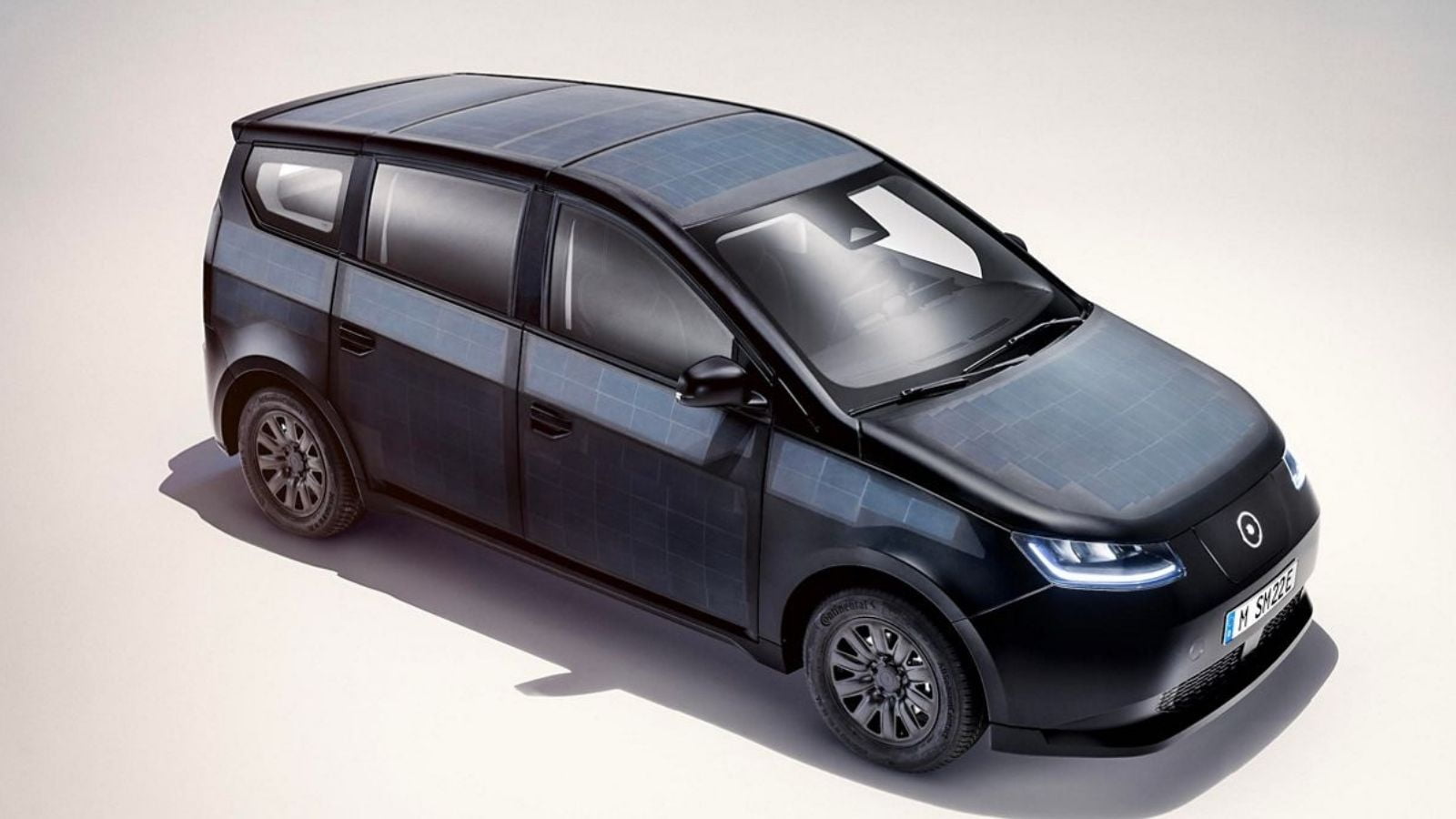
Sono Sion comes from the German startup Sono Motor. It is a family-friendly car with solar cells integrated into its bodywork. The Sion’s solar panels can generate up to 21 miles per day, with an overall range of around 158 miles on a full battery charge. Additionally, the Sion is designed with sustainability in mind, featuring a partially recycled interior and a focus on using renewable materials.
Toyota Prius PHV Solar Edition
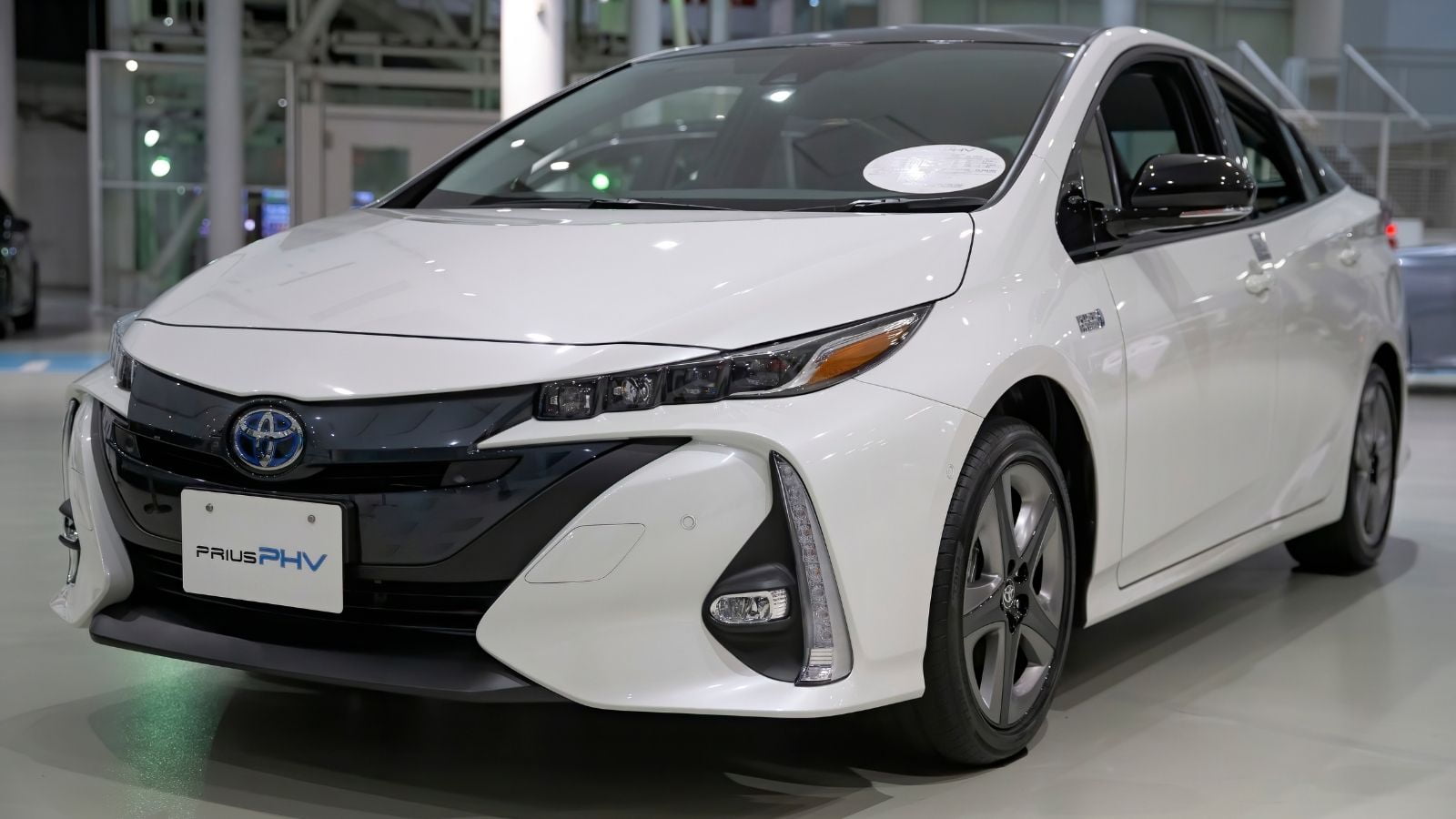
Toyota is known for its hybrid tech. The Prius PHV Solar Edition is a unique plug-in hybrid with solar panels on the roof to charge the battery even when parked, adding 3-6 miles of range per day. This innovation reduces the frequency of plug-in charging and enhances the overall efficiency of an already eco-friendly vehicle.
Hyundai Sonata Hybrid
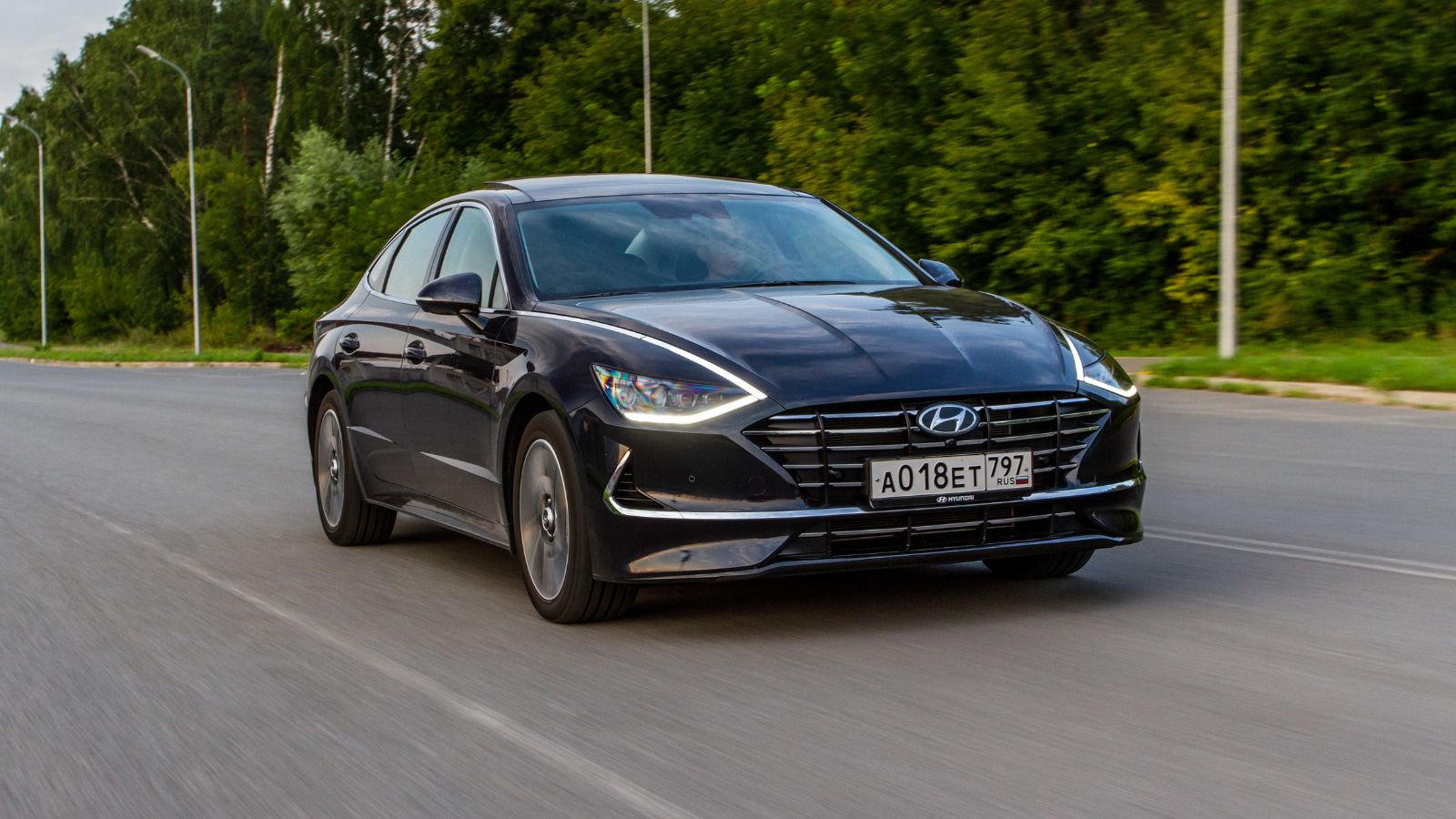
Like many other Hyundai cars, the Hyundai Sonata Hybrid has its roof covered with solar panels that recharge the battery and support the vehicle’s electrical functions. This system can provide up to 2 miles of extra driving range per day. While this may not seem much, it represents a significant step by a major automotive company to explore alternative fuels for its vehicles.
Stella Vie
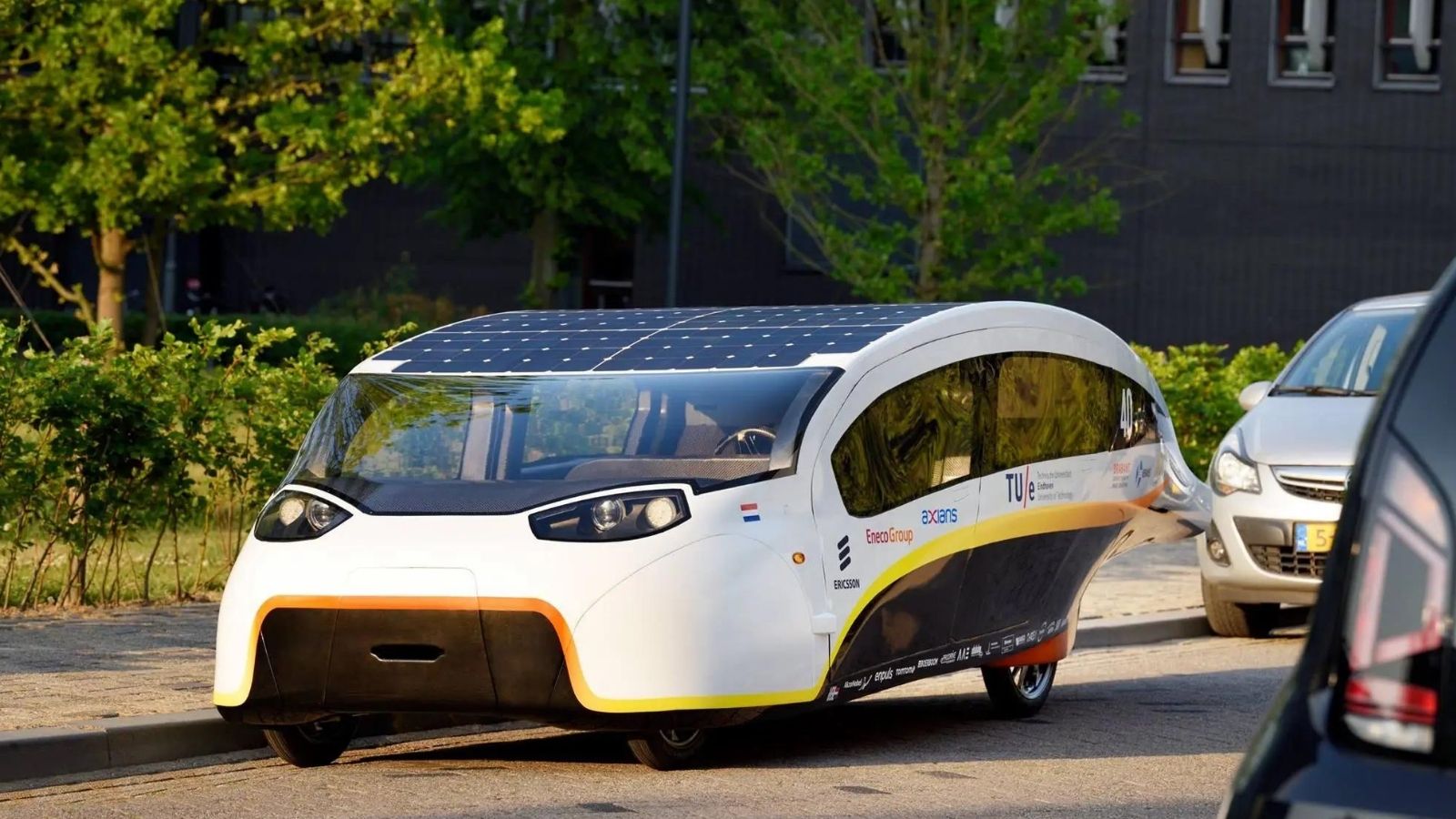
The Stella Vie was developed by Solar Team Eindhoven and won the Bridgestone World Solar Challenge. It is a five-seater vehicle with a top speed of 75 mph and a range of up to 620 miles on a sunny day. The car’s roof and hood are covered in solar panels, making it an exemplary model of how the sun can become a part of family trips.
Nissan Leaf Solar
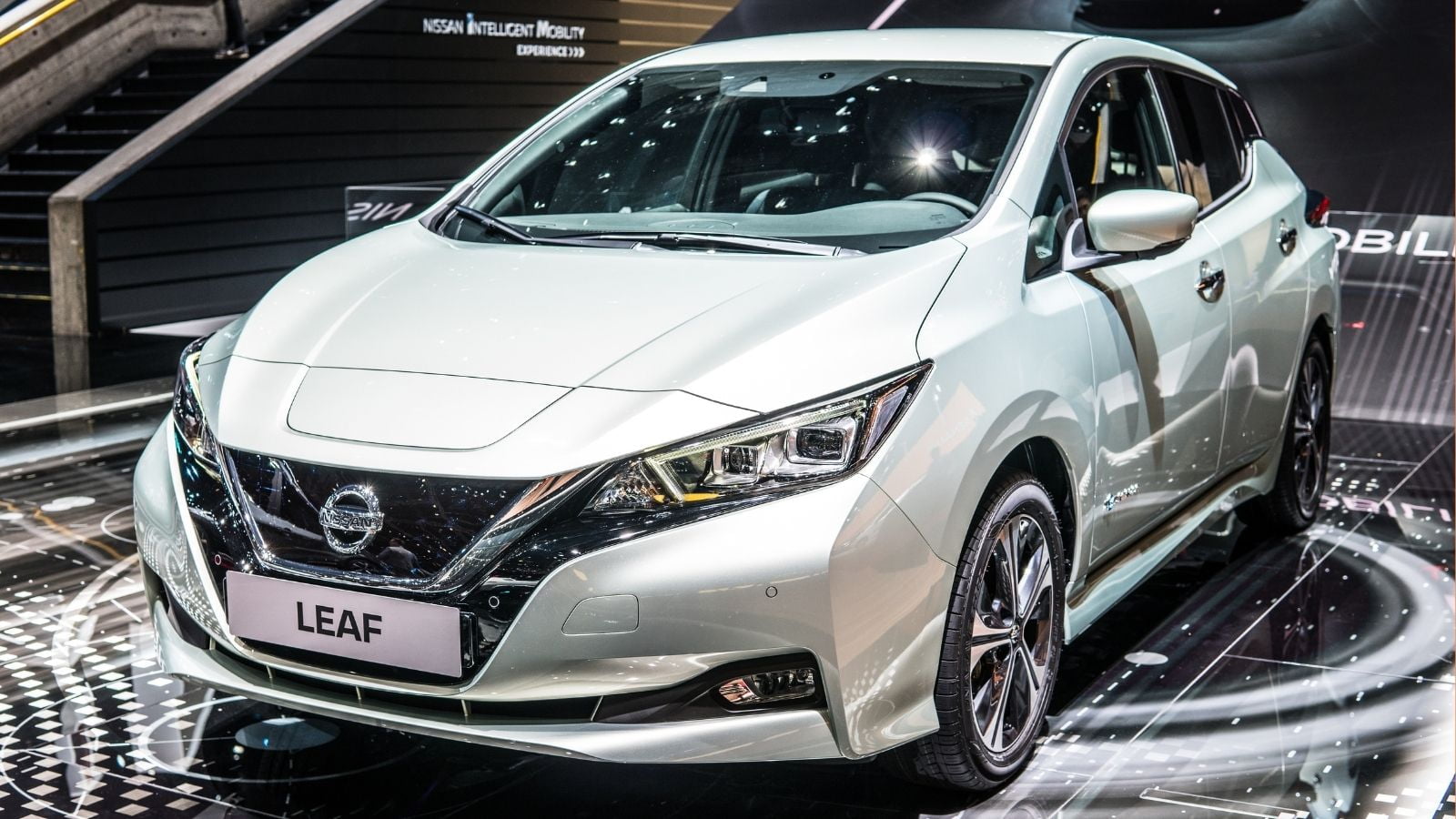
Nissan worked on its Lead model to create its solar vehicle. A solar panel spoiler powers the vehicle’s ancillary systems, like climate control and navigation. While less advanced than other models, this addition demonstrates Nissan’s commitment to exploring solar technology to supplement electric vehicle power systems.
Squad Solar City Car

The Squad Solar City Car is a compact urban vehicle designed for short-distance travel and city driving. It features solar panels on the roof that can generate enough power for up to 12 miles of range per day. This vehicle aims to provide an affordable and practical solution for urban transportation, reducing emissions and easing the burden on urban infrastructure.
CleanMotion Zbee
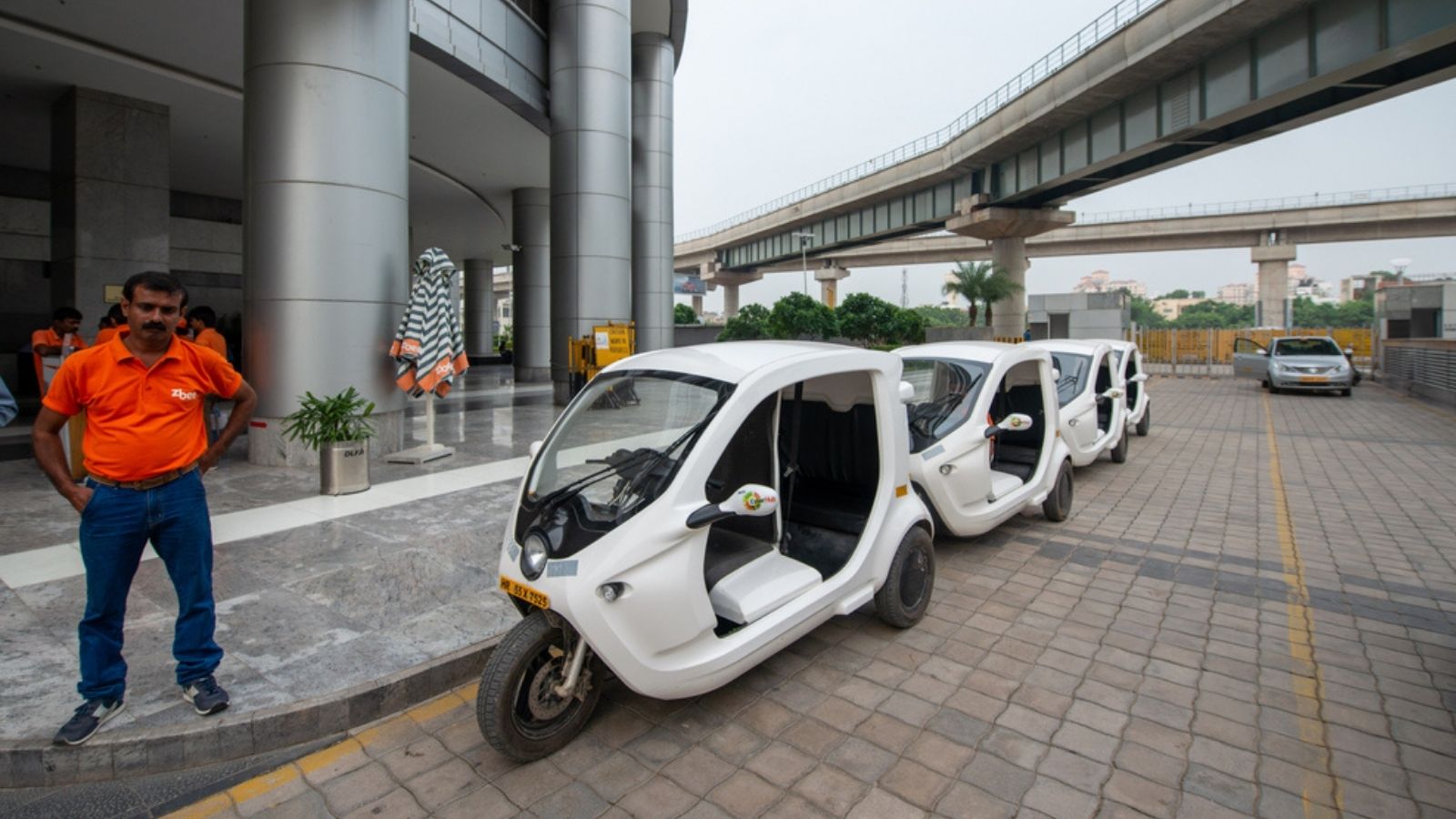
The CleanMotion Zbee is a lightweight electric vehicle that is looking forward to making the urban environment its niche. It is a three-wheeler incorporating solar panels to charge the battery, extending the range by a few miles daily. The Zbee is an example of how solar technology can be applied to smaller, more agile vehicles designed for short-distance travel and reduced environmental impact.
15 Most Reliable Cars Ever Made — Why They Never Quit
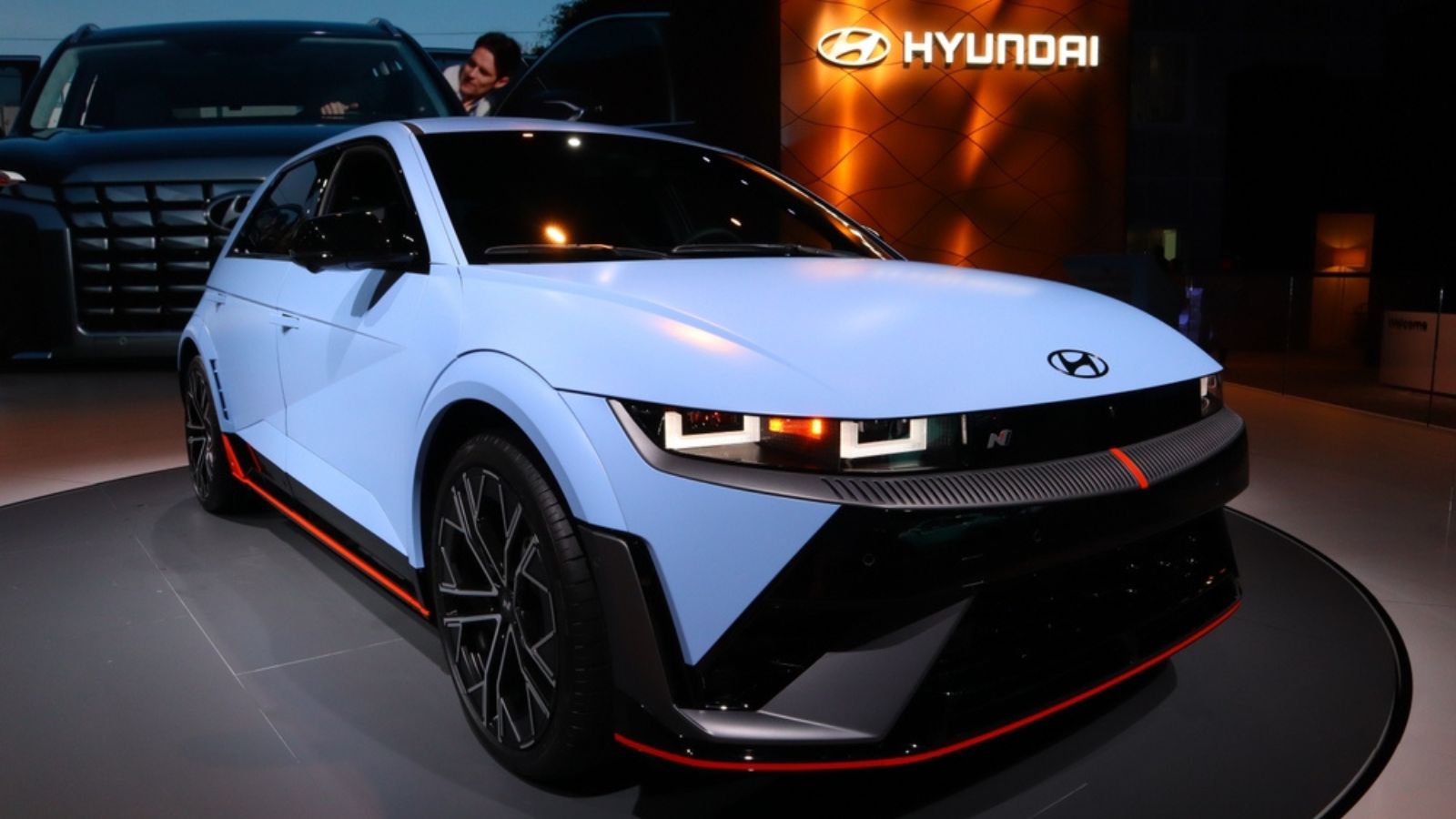
Some claim that the dependability of autos has decreased. Modern cars have a shorter lifespan than some cars manufactured between the 1970s and the 1990s, but some new and used cars today are good enough to last for at least ten years and up to 500,000 miles. When these vehicles break down, most problems are relatively simple, and many don’t have serious difficulties. Here are 15 of the most reliable cars ever made: 15 Most Reliable Cars Ever Made — Why They Never Quit
